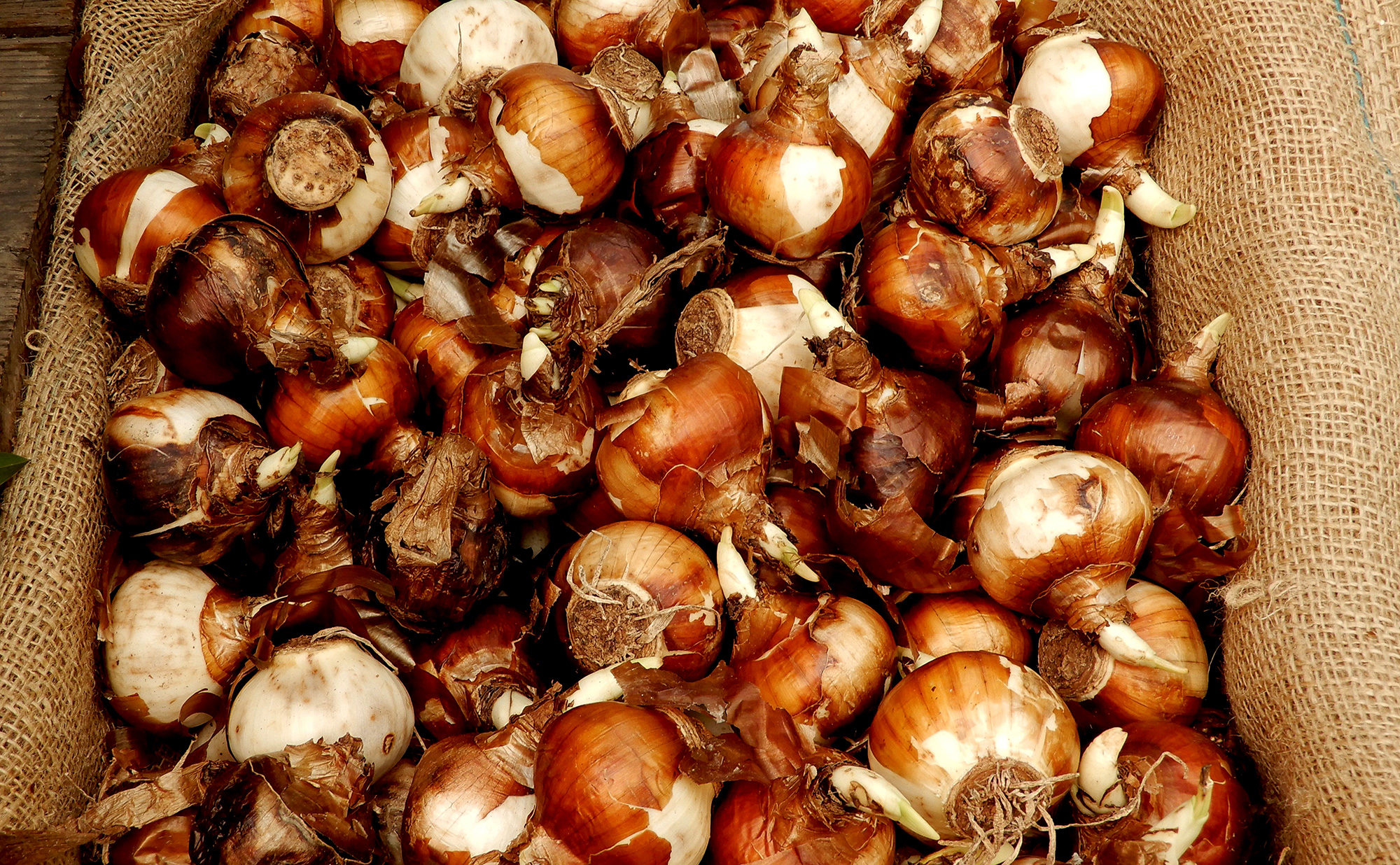Advice for the Horticulturally Harassed
Dr. C. was a regular writer and hortipersonality at BHN for many years until his retirement in 2011. As a nod to the 1980’s, we are herein reprinting some articles from another era.
What’s the deal with planting by the light of the moon or during certain phases of the moon? Does it make any difference? Do you do it? Is it a crock?
Dr. Chlorophyll has better things to do in the moonlight than work in his garden. As to whether or not planting by the moon is a crock, Dr. Chlorophyll’s cosmic co-worker Kevin Lee says that anyone with an IQ equal to their belt size should know that plants respond to light and gravity. The moon’s gravitational pull is greatest during new and full phases. It reflects a lot of light when full. According to folk wisdom, seeds sprout better during the moon’s first quarter, leaves grow best during the second quarter, roots grow fastest during the third quarter, and the whole plant rests during the fourth. Go figure. Perhaps you should try this method of planting in your garden this spring. Don’t worry about what your neighbors will think. I’m sure their opinion of you was formed long ago.
Nancy Non Sequitur
Nancy was driving home from one of her business trips in Northern Arizona when she saw an old Navajo woman walking on the side of the road. As the trip was a long and quiet one, she stopped the car and asked the Navajo woman if she would like a ride. The Navajo woman thanked Nancy and accepted the offer.
After a bit of small talk while resuming the journey, the Navajo woman noticed a brown bag on the seat next to Nancy.
“What’s in the bag?” asked the woman. Nancy looked down at the brown bag and said, “It’s a bottle of wine. I got it for my husband.”
The Navajo woman was silent a moment, but then, speaking with the quiet wisdom of an elder, said, “Good trade.”
Intoxicating Paper Whites
Timely advice to avoid the horticultural heartbreak of floppy forced paper white narcissus.
Ethanol, the alcohol found in most hard liquors (distilled spirits such as vodka, gin, rum, etc.) is an excellent growth regulator to keep paper white narcissus plants short and compact while forcing them indoors. A 4% or 5% solution of ethanol will do the trick. Here’s how:
- Plant paper white bulbs in stones, rock, gravel, or glass balls as usual and put them in a cool, dark place.
- Water as you normally would, keeping the water level just below but not touching the base of the bulbs.
- When you observe roots and 2” to 3” of top growth, replace water with the alcohol solution and bring the bulbs into a cool, bright room.
- Most distilled spirits are 40% alcohol (80 Proof—check the label). One part firewater to nine parts tap water will make a 4% solution. One part booze to 7 parts water will make a 5% solution.
- Use this solution for further “watering” of the paper whites.
- Plants should grow about 1 /3 more compact than usual, with flowers just as large and fragrant as usual.
You should know that Dr. Chlorophyll has yet to try this technique. He has other plans for his Johnny Walker, but since the key ingredient here is ethanol, rotgut should work every bit as well as Tanqueray.


